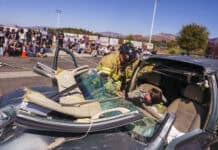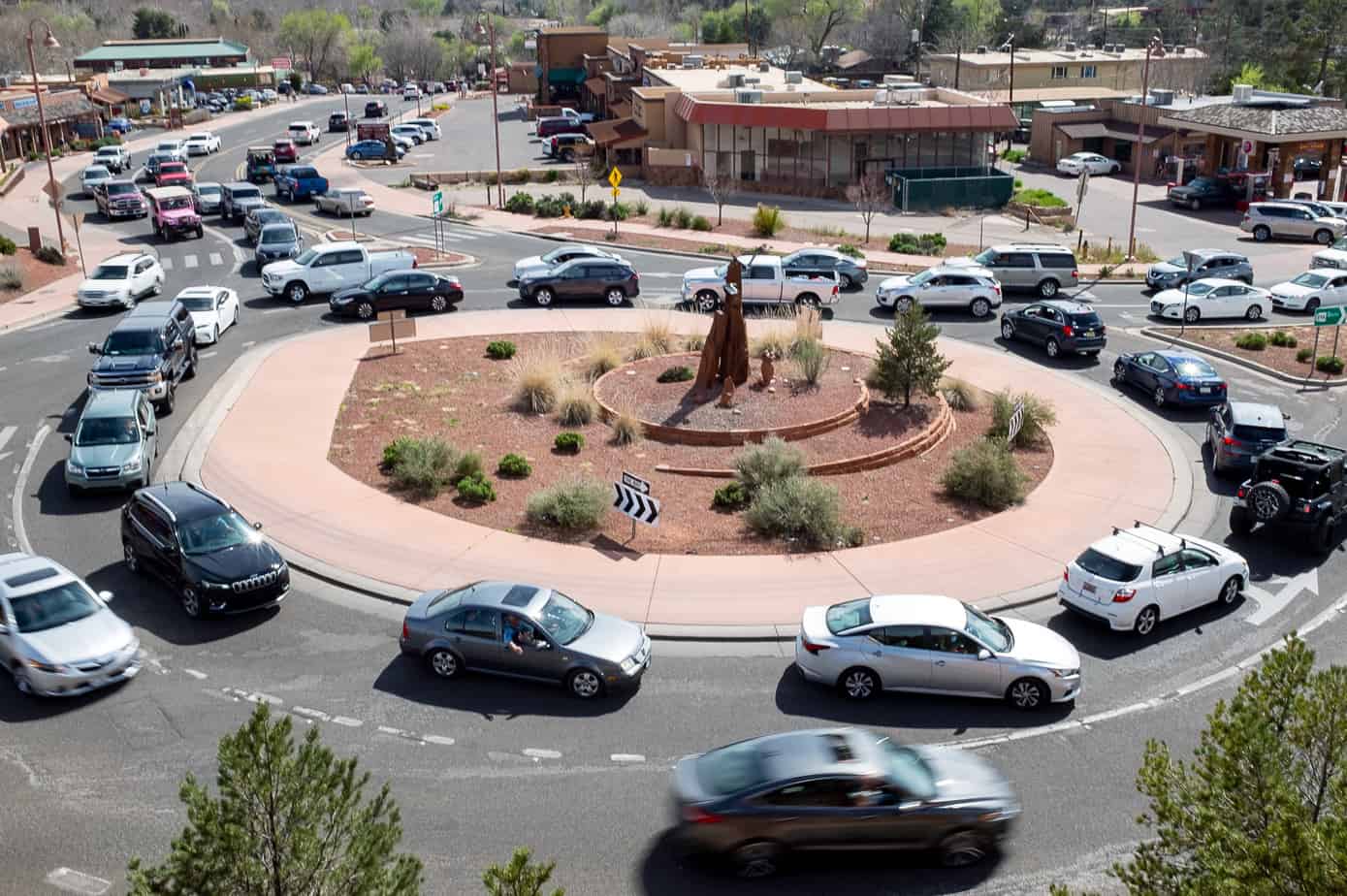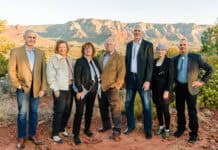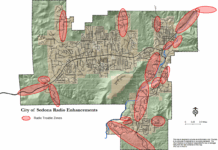A recent comment on our Facebook page claimed “studies” have shown “Building more roads never solves traffic.”
Residents have heard that misguided argument for years.Unfortunately, this claim is false when applied to Sedona and has been misused to shut down resident demands for new roads or alternate routes.
Based on an economic theory, “induced demand” suggests a new road or highway will increase the number of drivers who use it, worsening the congestion as the new road reach overcapacity quickly. Mark Hansen and Yuanlin Huang’s study that first promoted this theory was conducted across California from 1973 to 1990. While they were reluctant to make a definitive statement, politicians jumped to the conclusion that more roads equals more traffic, which became the narrative.
Later researchers reported that study failed to take into account the 50% increase in population over that time period, which added more cars to the state, even as the total number of new freeway miles dropped precipitously.
Many subsequent studies had negligible or ambiguous results or only analyzed major cities like San Francisco, Manhattan, Houston and London, but not rural areas, where new roads uniformly relieved traffic pressure.
In 2002, California researchers revisited the Hansen and Huang study with new metrics and concluded “the size of the induced-traffic effect that can be attributed to capacity enhancements may be sufficiently small that its detection … would be difficult, if not impossible.”
Induced demand was also disproved in our own state: Phoenix, which was built without any freeways and was among the most congested in the country by the 1970s. In 1982, the metro area embarked on massive 25-year highway campaign and congestion has plummeted.
Though disproved, the political narrative still holds and Sedona road opponents quote it without verifying its validity. While induced demand applies in highly populated areas where there are multiple routes drivers can take, it is predicated on the premise that drivers have many routes. It doesn’t apply in Sedona where the problem is “we only have one road and there is absolutely no way to get from A to B except that one road.” See below:
- One road from the Village of Oak Creek down State Route 179 to Ranger Road.
- One road from Brewer Road to Airport Road.
- One road from the Y to Flagstaff.
Adding one route to 30 others doesn’t improve much, but doubling the number of alternate routes from one to two certainly relieves congestion.
In place of new or wider roads, Sedona City Council candidates have produced scores of fantastical ideas, such as banning all cars in the city, “pedestrian control lights,” a locals-only driving permit, “cutting off all tourism,” building huge parking lots on the city’s perimeter and busing tourists around town — not sure where those lots would be built.
Most of these suggestions are economically, geographically or legally impossible, fiscally nonsensical and, in the end, more expensive and drastically less effective than a necessary road here or there. All the suggestions were proposed to prevent an inch of new asphalt from being built.
Clearly, traffic can be fixed. Roads are not immutable and eternal fixtures of an unchangeable universe. Roads are merely man-made strips of asphalt, bridges just steel and concrete, lanes just paint. Building them isn’t hard, it just takes political will, which council after council lacks.
For instance, building an extension of Forest Road to State Route 89A would alleviate traffic at the Y roundabout. It could be built relatively quickly but would take the purchase of some private land. Yet the idea was opposed by a teeny, tiny handful of disproportionately vocal Uptown residents and some timeshare owners who don’t live and can’t vote in Sedona, and council balked. A smidgen of gadflies goaded council to cancel a traffic fix that would benefit 10,000 residents. Let that sink in, voters.
Likewise, Sedona residents overwhelmingly wanted short neighborhood connectors, so they could drive across the city without touching State Route 89A, but a tiny minority reads near these roads harassed council. Now the needed project we all wanted is effectively dead, sentencing us to keep driving the highway for every trip. Keep that in mind when a minor incident, like Monday’s car fire, completely halts traffic on that one road and, thus, citywide.
If construction angers 10 people but benefits 1,805 voters, it’s a political mandate. Build the roads residents demand.
— Christopher Fox Graham
Managing Editor






















